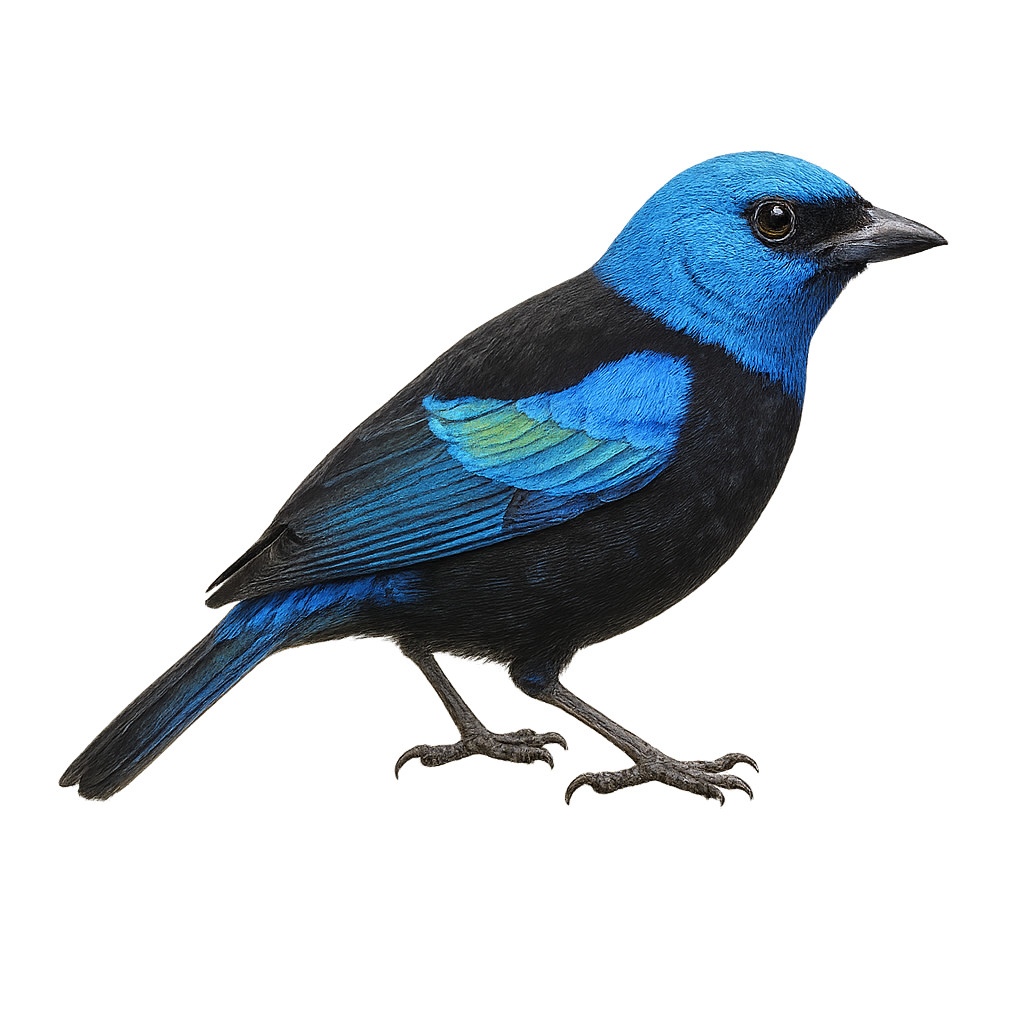Your wildlife photography guide.
Explore the blue-necked tanager in detail, study its behavior, prepare your shots.
Where to observe and photograph the blue-necked tanager in the wild
Learn where and when to spot the blue-necked tanager in the wild, how to identify the species based on distinctive features, and what natural environments it inhabits. The WildlifePhotographer app offers tailored photography tips that reflect the blue-necked tanager’s behavior, helping you capture better wildlife images. Explore the full species profile for key information including description, habitat, active periods, and approach techniques.
Blue-necked Tanager
Scientific name: Stilpnia cyanicollis

IUCN Status: Least Concern
Family: THRAUPIDAE
Group: Birds
Sensitivity to human approach: Suspicious
Minimum approach distance: 10 m
Courtship display: November to December
Incubation: 13-15 jours
Hatchings: November to January
Habitat:
Humid tropical forests, forest edges, plantations
Activity period :
Primarily active during the day, with peak activity in the morning and late afternoon.
Identification and description:
The Blue-necked Tanager, scientifically known as Stilpnia cyanicollis, is a vibrant bird belonging to the Thraupidae family. It is easily identifiable by its striking blue head and neck, contrasting with a black body and green wings. This bird measures about 13 cm in length and weighs between 16 and 19 grams. It is primarily found in the humid tropical forests of South America, particularly in Colombia, Peru, Bolivia, and Brazil. The Blue-necked Tanager feeds mainly on fruits, nectar, and insects. It is often seen in small groups or pairs, actively moving through the canopy in search of food.
Recommended lens:
400 mm – adjust based on distance, desired framing (portrait or habitat), and approach conditions.
Photography tips:
To photograph the Blue-necked Tanager, it is advisable to use a telephoto lens of at least 400mm to capture the details of its plumage without disturbing it. Focus on early morning or late afternoon hours when the light is soft and the bird is most active. Be patient and discreet, as this bird can be suspicious. Look for areas where it feeds, such as forest edges or plantations. Use a tripod to stabilize your camera and achieve sharp images.
The WildlifePhotographer App is coming soon!
Be the first to explore the best nature spots, track rutting seasons, log your observations, and observe more wildlife.
Already 1 429 wildlife lovers subscribed worldwide

